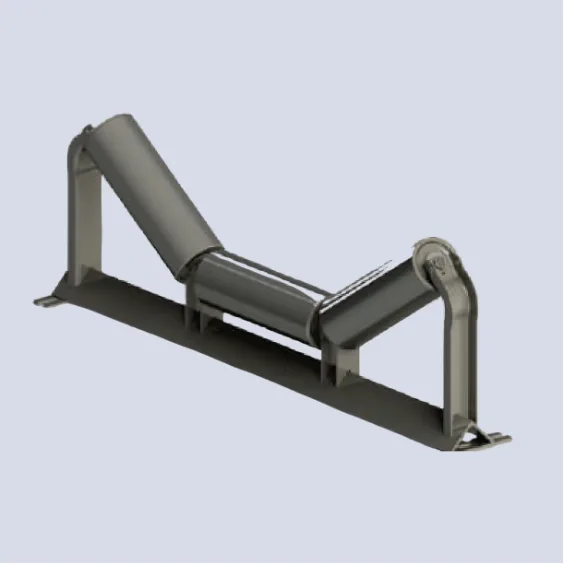Idlers
Idlers are essential components in a conveyor system. They are cylindrical rollers installed along the length of the conveyor to support the conveyor belt and the materials being transported. Idlers reduce belt sag, maintain alignment, absorb impact, and ensure smooth belt movement. The choice of idlers directly impacts the performance, longevity, and efficiency of the conveyor system.
- ECarrying Idlers
- EImpact Idlers
- EReturn Idlers
- ETroughing Idlers
- EGuide Rollers (Training Idlers)
- EGarland Idlers
- ESS Idlers (Stainless Steel Idlers)
- EHDPE Idlers (High-Density Polyethylene)
Carrying Idlers
Support the loaded side of the conveyor belt, keeping the belt level and ensuring smooth transportation of materials.

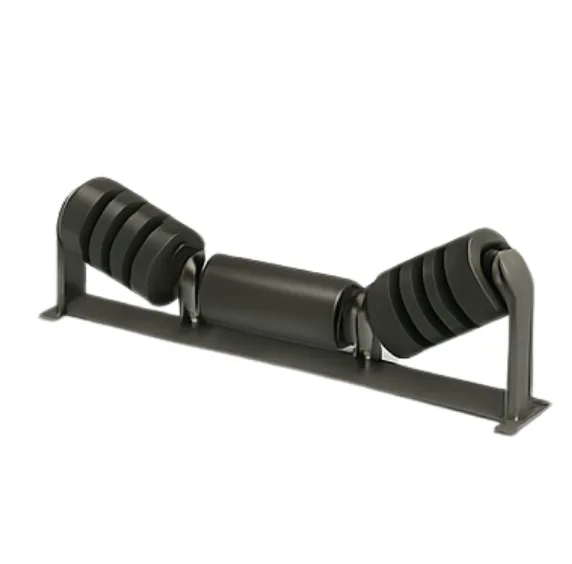
Impact Idlers
Placed at loading zones, these idlers have rubber rings to absorb the impact of heavy or sharp materials falling onto the belt, protecting it from damage.
Return Idlers
Support the empty belt on its return journey after unloading. They help in maintaining tension and preventing belt sagging.
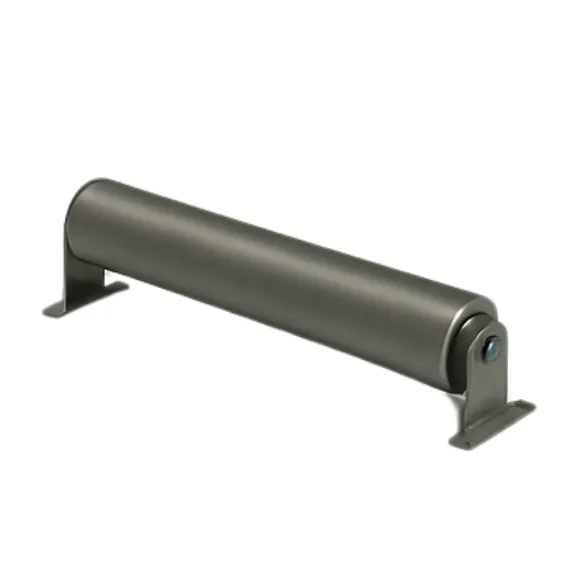
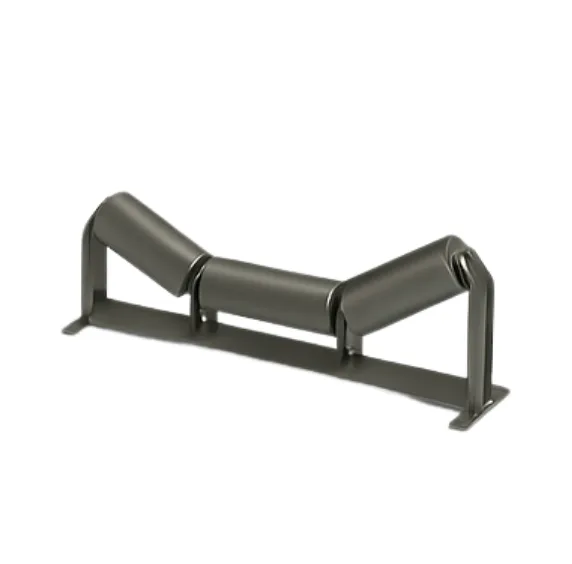
Troughing Idlers
Consist of a central roller and two angled side rollers. They form the belt into a trough shape, increasing material carrying capacity and preventing spillage.
Guide Rollers (Training Idlers)
Mounted on the sides of the conveyor frame to guide and align the belt, preventing it from drifting off track.

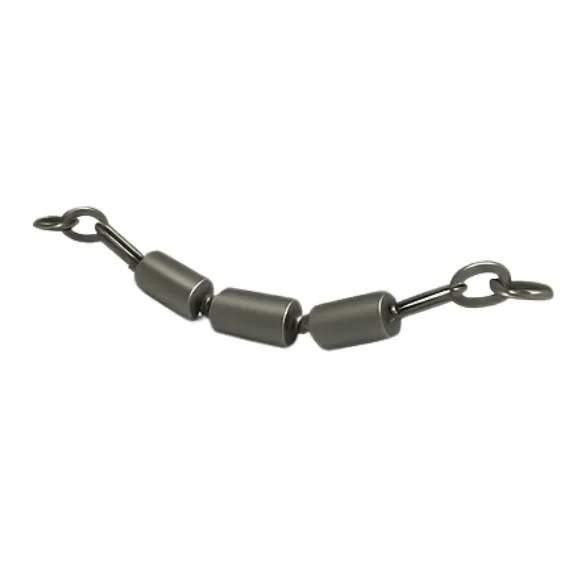
Garland Idlers
A flexible arrangement of multiple rollers connected with links or chains. These idlers adapt to uneven terrain and are ideal for curved or long conveyor systems.
SS Idlers (Stainless Steel Idlers)
Made from stainless steel, offering high corrosion resistance. Suitable for food processing, pharmaceuticals, or chemical environments.
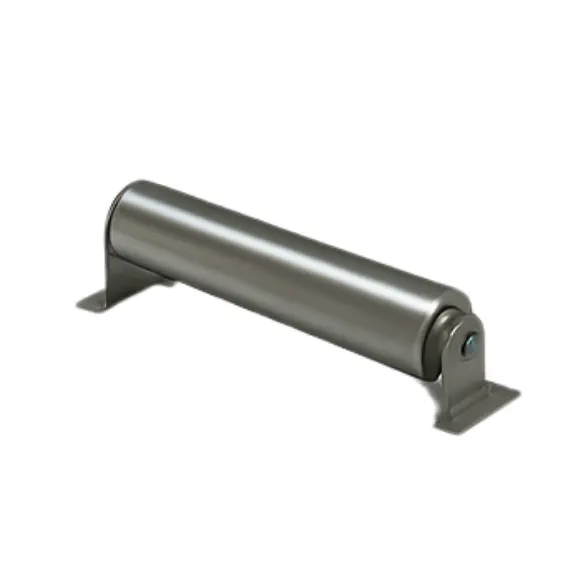
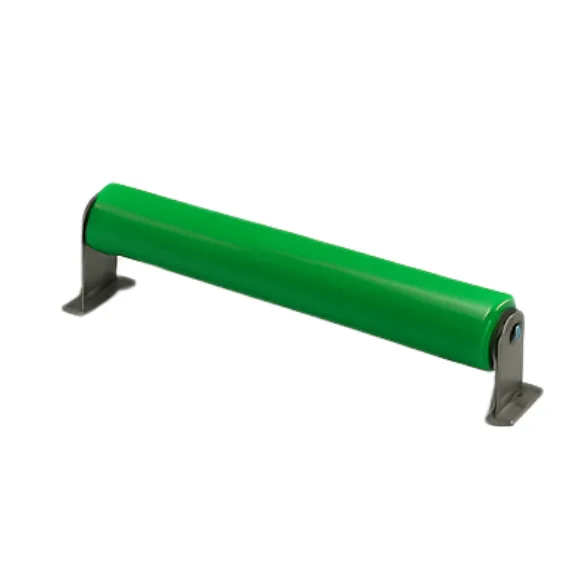
HDPE Idlers (High-Density Polyethylene)
Lightweight, corrosion-resistant idlers made of plastic. Ideal for industries where reduced noise, minimal maintenance, and resistance to chemicals are important.

